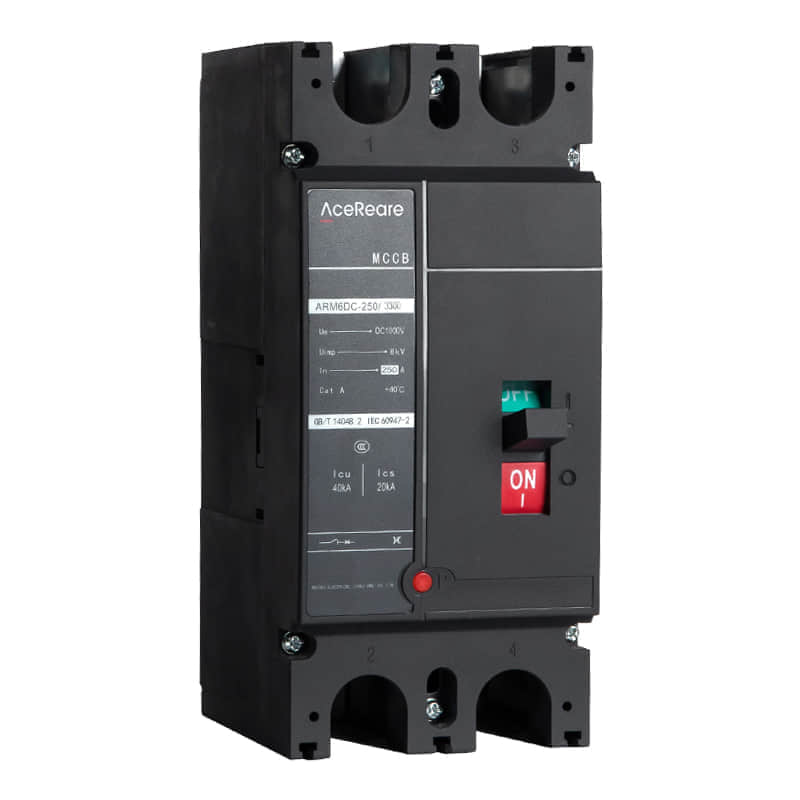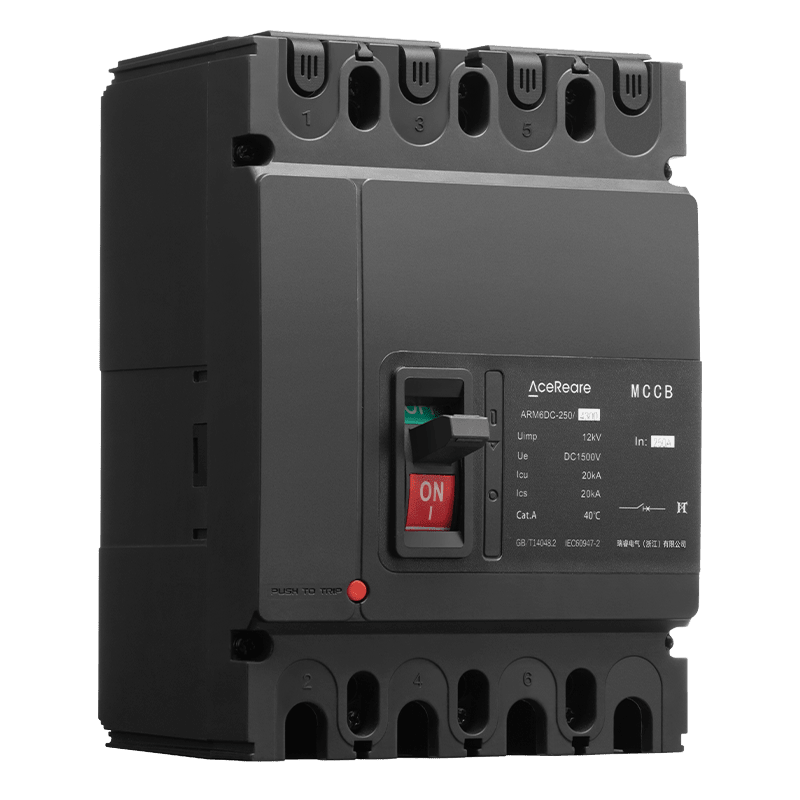In recent years, the rapid growth of the solar energy industry has driven a surge in the development of photovoltaic (PV) systems. These systems harness the power of sunlight to generate clean and sustainable electricity. However, as PV systems become more ubiquitous, the need for efficient and reliable protection mechanisms has become increasingly apparent. Photovoltaic DC circuit breakers have emerged as a critical component in ensuring the safety and performance of these systems.

Understanding Photovoltaic DC Circuit Breakers

A photovoltaic DC circuit breaker is a device designed to interrupt the flow of direct current (DC) in a PV system when necessary. This interruption can occur for various reasons, such as overcurrent, short circuits, or maintenance needs. Unlike traditional circuit breakers used in alternating current (AC) systems, PV DC circuit breakers are specifically engineered to handle the unique characteristics of DC power generated by solar panels. Key Advancements in Photovoltaic DC Circuit Breakers Rapid Shutdown Functionality: One of the significant advancements in PV DC circuit breakers is the integration of rapid shutdown functionality. This feature ensures that in case of an emergency or maintenance requirement, the DC voltage in the PV system can be quickly reduced to a safe level, minimizing the risk of electric shock or fire hazards. Rapid shutdown is particularly crucial for ensuring the safety of first responders during emergencies. Smart and Remote Monitoring: Modern PV DC circuit breakers are equipped with smart monitoring capabilities. This allows system operators to remotely monitor the status of the circuit breaker, detect faults or anomalies, and even perform diagnostic tests without physically accessing the equipment. This level of automation enhances the overall efficiency and reliability of PV systems. Arc Fault Detection: Arc faults can pose a significant threat to PV systems as they can lead to fires. Advanced PV DC circuit breakers are equipped with arc fault detection technology, which can identify and respond to arc faults promptly. This proactive approach helps prevent potential hazards and ensures the safety of the system. Modularity and Scalability: Photovoltaic DC circuit breakers are designed with modularity in mind. This means they can be easily integrated into various types and sizes of PV systems, from residential installations to large-scale solar farms. Their scalability ensures that they can adapt to the specific needs of each system, making them versatile and cost-effective. Improved Reliability: Reliability is paramount in PV systems, as downtime can result in significant energy production losses. Advanced PV DC circuit breakers are built with robust materials and technologies, reducing the risk of failures or false tripping. This reliability translates to increased system uptime and energy yield. Compliance with Standards: As the solar industry continues to evolve, so do the safety standards and regulations. Modern PV DC circuit breakers are designed to comply with the latest industry standards, ensuring that PV systems meet safety and performance requirements. Conclusion The rapid growth of the solar energy industry necessitates continuous innovation in the components that make up photovoltaic systems. Photovoltaic DC circuit breakers play a crucial role in maintaining the safety and efficiency of these systems. With advancements such as rapid shutdown functionality, smart monitoring, arc fault detection, modularity, improved reliability, and compliance with standards, PV DC circuit breakers are evolving to meet the ever-increasing demands of the solar industry. As solar power continues to become a dominant source of clean energy, the development of cutting-edge PV DC circuit breakers remains essential for a sustainable and secure energy future.
